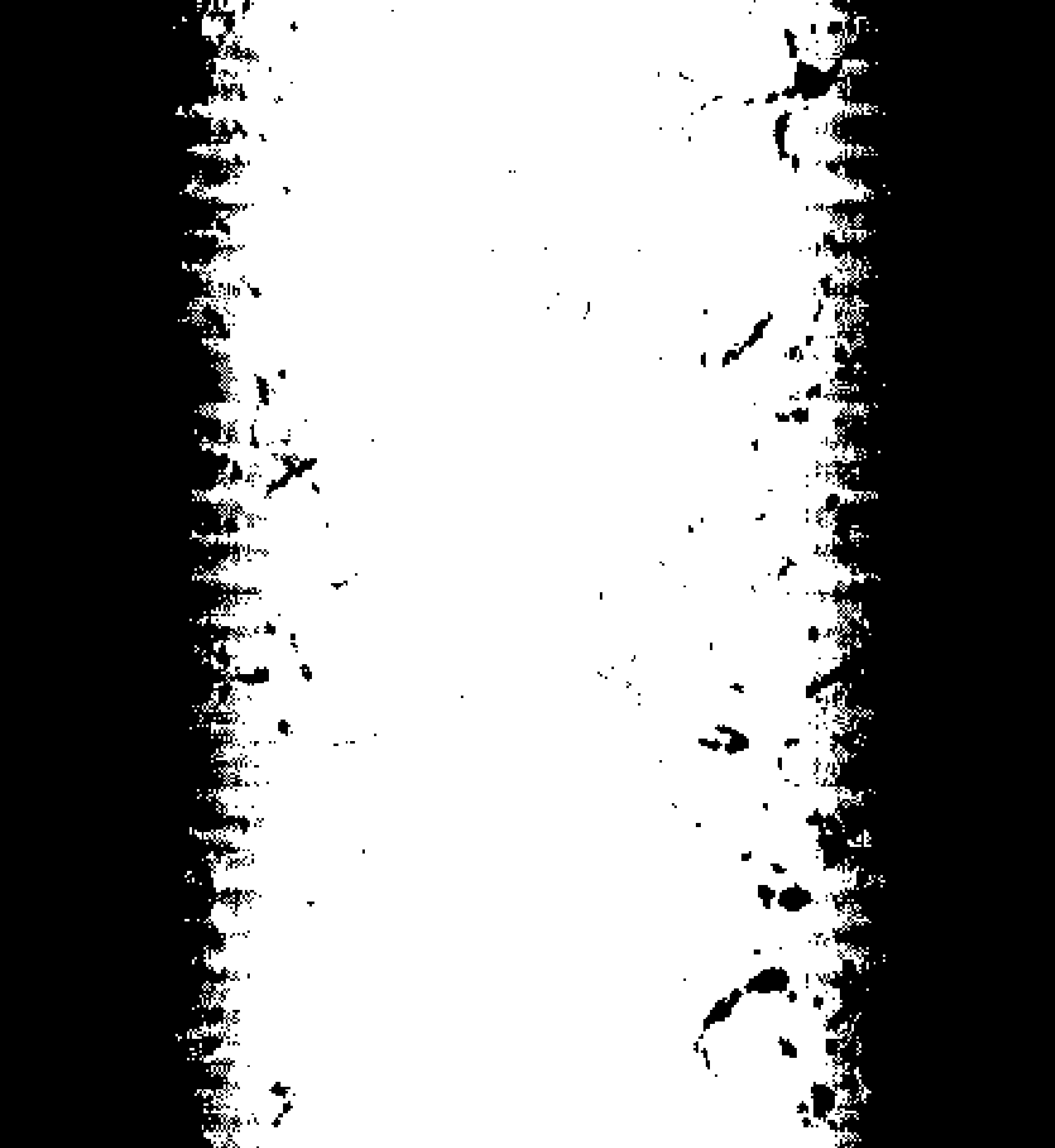Method for producing brain sample of small animal
A technology of small animals and specimens, which is applied in the field of preparation of whole brain specimens of small animals, can solve the problems of being unable to observe the three-dimensional shape of whole brain neurons and the complete shape of whole brain neurons, and achieve the effect of high contrast and not easy to fade
- Summary
- Abstract
- Description
- Claims
- Application Information
AI Technical Summary
Problems solved by technology
Method used
Image
Examples
Embodiment 1
[0042] 1. Material collection: Adult mice were taken, decapitated after deep anesthesia, and the whole brain was dissected out;
[0043] 2. Fixation and staining: Fresh whole brains were immediately put into the fixative solution for fixation and staining. The dipping temperature was 0°C. After staining for 90 days, the solution was replaced regularly. The solution was changed once after fixing for 1 day, and the solution was changed every 20 days thereafter, at least The medium was changed 3 times, and the formula of the fixative solution was:
[0044] Mercury: 7% by weight
[0045] Potassium dichromate: 7% by weight
[0046] Potassium chromate: 5% by weight
[0047] Distilled water: 81% by weight
[0048] The fixative solution must be prepared now, and potassium chromate solution must be added at the end. The fixative solution must be packed in a brown bottle, wrapped in tin foil and kept in a dark place to reduce the influence of light, and the reagent bottle should be s...
Embodiment 2
[0059] 1. Material collection: Adult mice were taken, decapitated after deep anesthesia, and the whole brain was dissected out;
[0060] 2. Fixation and staining: Fresh whole brains were immediately put into the fixative solution for fixation and staining. The dipping temperature was 25°C. After staining for 120 days, the solution was replaced regularly. The medium was changed 3 times, and the formula of the fixative solution was:
[0061] Mercury: 10% by weight
[0062] Potassium dichromate: 10% by weight
[0063] Potassium chromate: 10% by weight
[0064] Sodium tungstate: 5% by weight
[0065] Distilled water: 65% by weight
[0066] The fixative solution must be prepared now, and potassium chromate solution must be added at the end. The fixative solution must be packed in a brown bottle, wrapped in tin foil and kept in a dark place to reduce the influence of light, and the reagent bottle should be shaken frequently;
[0067] 3. Blackening: soak the stained whole brain ...
Embodiment 3
[0079] 1. Material collection: Frogs were taken, decapitated after deep anesthesia, and the whole brain was dissected out;
[0080] 2. Fixation and staining: Fresh whole brains were immediately put into the fixative solution for fixation and staining. The dipping temperature was 50°C. Dyeing was carried out for 120 days, and the solution was replaced regularly. The medium was changed 3 times, and the formula of the fixative solution was:
[0081] Mercury: 0.1% by weight
[0082] Potassium dichromate: 1.5% by weight
[0083] Potassium chromate: 1% by weight
[0084] Potassium tungstate: 0.1% by weight
[0085] Distilled water: 97.3% by weight
[0086] The fixative solution must be prepared now, and potassium chromate solution must be added at the end. The fixative solution must be packed in a brown bottle, wrapped in tin foil and kept in a dark place to reduce the influence of light, and the reagent bottle should be shaken frequently;
[0087] 3. Blackening: soak the stain...
PUM
 Login to View More
Login to View More Abstract
Description
Claims
Application Information
 Login to View More
Login to View More - R&D
- Intellectual Property
- Life Sciences
- Materials
- Tech Scout
- Unparalleled Data Quality
- Higher Quality Content
- 60% Fewer Hallucinations
Browse by: Latest US Patents, China's latest patents, Technical Efficacy Thesaurus, Application Domain, Technology Topic, Popular Technical Reports.
© 2025 PatSnap. All rights reserved.Legal|Privacy policy|Modern Slavery Act Transparency Statement|Sitemap|About US| Contact US: help@patsnap.com


